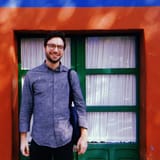What Will It Take To Fix The City’s Most Troubled Police Precinct?


Like many low-income communities, East New York was hit hard when coronavirus began to sweep through the city in late March. But the neighborhood was simultaneously the victim of two other pandemics: gun violence and police misconduct.
Data from the New York Police Department shows that the 75th Precinct, which includes East New York and Cypress Hills, had 102 shooting incidents last year, the highest number of any precinct in the city and up from 51 the year before. While several shootings were concentrated in NYCHA complexes like the Linden Houses, gun violence was a pervasive problem throughout the precinct.
Shooting incidents in the 75th Precinct in 2020, through Nov. 5 (white dots indicate multiple incidents)
“It was one of the most horrific years that I’ve ever worked in the community,” said Michelle Neugebauer, who has been Executive Director of the Cypress Hills Local Development Corporation since 1984. “There’s no other way to say it.”
At the same time, reporting by The Intercept found that the 75th Precinct also leads the city in complaints of police misconduct, and was the subject of at least 90 lawsuits in recent years. Worse, when complaints against them were substantiated, officers at the 75th often received promotions and raises instead of punishment.
But while the pandemic may have exacerbated these problems, they are not new; media reports celebrating drops in crime and improved police-community relationships have come and gone, but systemic problems in policing and public safety remain.
“The reality is, historically, our community has been victimized by the police,” said Vincent Riggins, a community activist and co-chair of the public safety committee for Brooklyn Community Board 5. “So trust with the police has eroded. That’s just a fact.”

The 75th Precinct overlaps with two Council Districts: the 37th in the north, where Darma Diaz was elected in a special election last year and will run again against Sandy Nurse, Rich Echevarria, Misba Abdin and Heriberto Mateo in June; and the 42nd in the south, where incumbent Inez Barron is term-limited but could be replaced by her husband, Assembly Member Charles Barron, who will battle against Nikki Lucas, Wilfredo Florentino and Gena Watson in this year’s local elections.
In the coming days, we’ll share stories about how the candidates propose to reimagine policing and public safety in East New York. But first, we spoke to several community leaders and activists working in East New York about what they’d like to see the neighborhood’s next Council Members do.
(The 75th Precinct declined to provide comment on this story. The NYPD’s public information office confirmed the shooting incident numbers mentioned above, but did not respond to questions about the precinct’s record or violence-prevention work.)

Vincent Riggins, Public Safety Committee Co-Chair, Brooklyn Community Board 5
For Riggins, who has lived in East New York since 1969, the idea of defunding the police is “nonsensical, non-reality terminology that’s really not going to carry any weight.”
He prefers “safety beyond policing,” a phrase he’s been using since 2015 when he and others pushed back on the City Council’s 2015 decision to hire 1,300 more police officers as part of the city’s neighborhood policing initiative.
“Our philosophy was, regardless of how much they spend on the police, they have to come up with money to address housing, jobs, entrepreneurship initiatives, schools where kids can learn a trade with their hands to become gainfully employed in their own businesses,” he said. “That’s where the political will has to be. Once that happens, people will become more civically engaged. They’ll have a bigger presence and a vested interest. That’s how crime is reduced.”
Riggins believes the rise in shootings belies an underlying truth: that perpetrators of gun violence represent a small fraction of the neighborhood’s population. “It’s the same kids shooting at each other. But [the police] use heavy-handed tactics for normal citizens and wind up doing some stupid stuff.”
He said it was “a fantasy” that police alone keep communities safe. But Riggins also sees an important, if limited, role for them. This summer, when his son was hit in the leg by a stray bullet, he said the NYPD was the only place he could turn for justice.
“I couldn’t call the Socialists, I couldn’t call the Democrats, I couldn’t call the Republicans,” he said. “I had to call the police department, and within one day they found the shooter.”
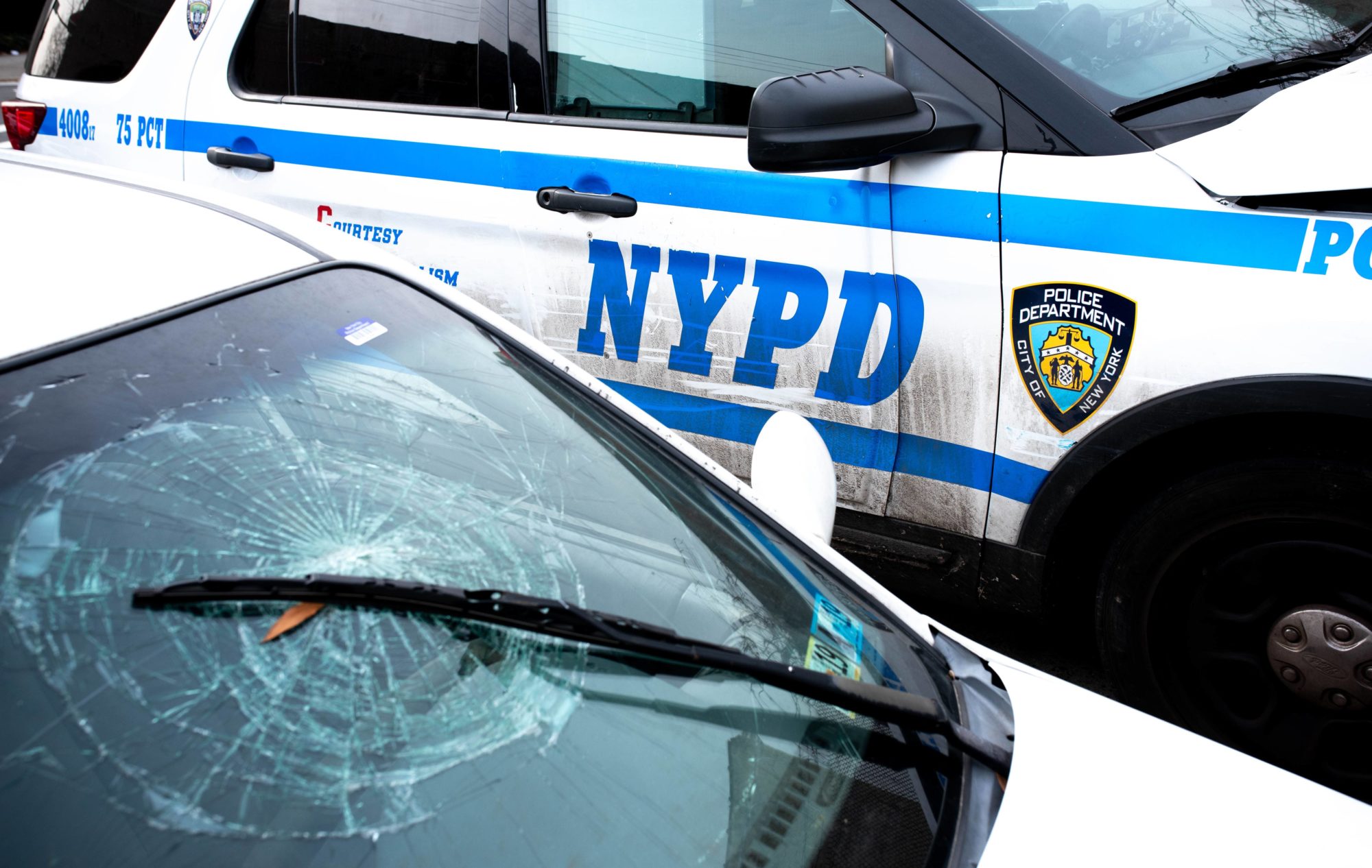
For Riggins, revamping the city’s Civilian Complaint Review Board (CCRB), the independent entity that reviews police misconduct complaints but whose disciplinary recommendations are routinely ignored by NYPD leadership, is key to getting the balance right. He strongly supports a proposal that would give the board final say over police discipline and allow the public to elect its members, as well as to create an independent prosecutor that would investigate criminal misconduct by officers.
“When you have incorrigible people running around with guns, that’s a dangerous situation, but at the same time we don’t expect the police to come in with guns blazing, killing innocent people,” Riggins said. “So an elected complaint review board could put an end to that. And if it doesn’t end, police would be held accountable.”
He also speaks passionately about “reimagining” precinct councils, the volunteer bodies meant to serve as a liaison between police and community. He’s supportive of a proposal by Brooklyn Borough President (and mayoral candidate) Eric Adams to give communities a say in deciding their precinct’s commanding officer. He’d like the precinct councils to play that role, but says they need training and education, as well as outreach to a more diverse set of community members, to be truly effective community conduits.
“It has to be people that have a knowledge base on how these processes work,” he said.
As he considers who to support in the upcoming Council elections, Riggins says he’ll be looking at the candidates’ “footwork,” which he calls “a metaphor for ‘how have you been living your life to establish what you’re proposing to do?’”
“What have they done over the last five years to show they have an understanding of what they’re trying to do now? Or did they just get started this spring out of a desire to be in office? if they weren’t here and they haven’t been doing anything, then they’re just politicizing. In the political season, people promise everything all the time, and they never complete any of it in office.”
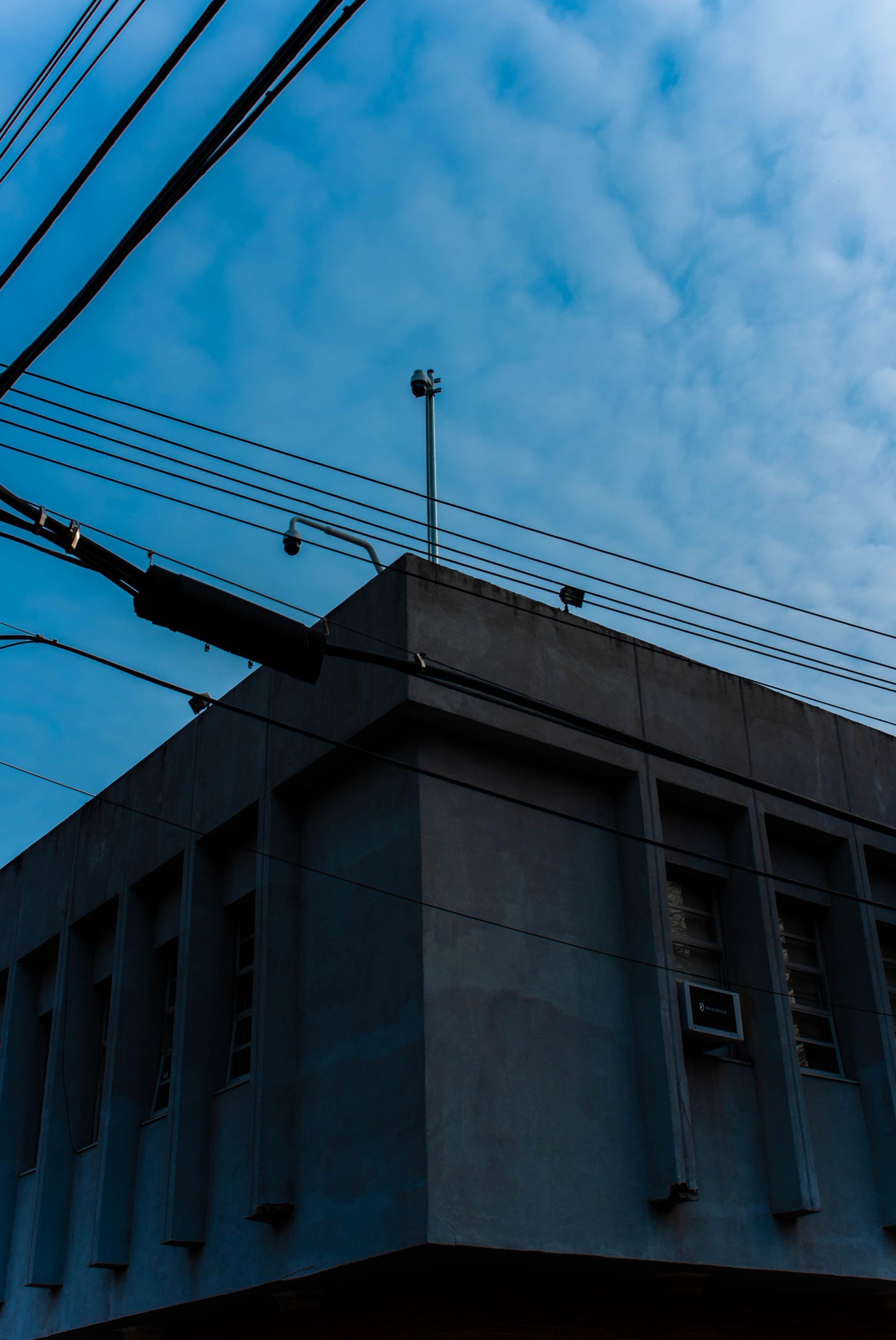
Maryanne Kaishian, Senior Policy Counsel at the public defense group Brooklyn Defender Services (BDS)
Maryanne Kaishian, whose organization Brooklyn Defender Services represents low-income defendants in East New York and elsewhere, said the 75th Precinct is not just failing in its attempt to stop violent crime; it’s often actively inciting it.
“I’ve talked to people who tell me that the police will drive through a certain neighborhood, playing music from a gang in another neighborhood, and then ask the people they drive past what they’re going to do about it,” she said.
Kaishian was unsurprised that the same precinct leads the city in both shootings and misconduct complaints. And she was deeply skeptical that a longstanding idea to split the precinct in two (at 5.5 square miles, it is geographically one of the borough’s largest) would make any difference.
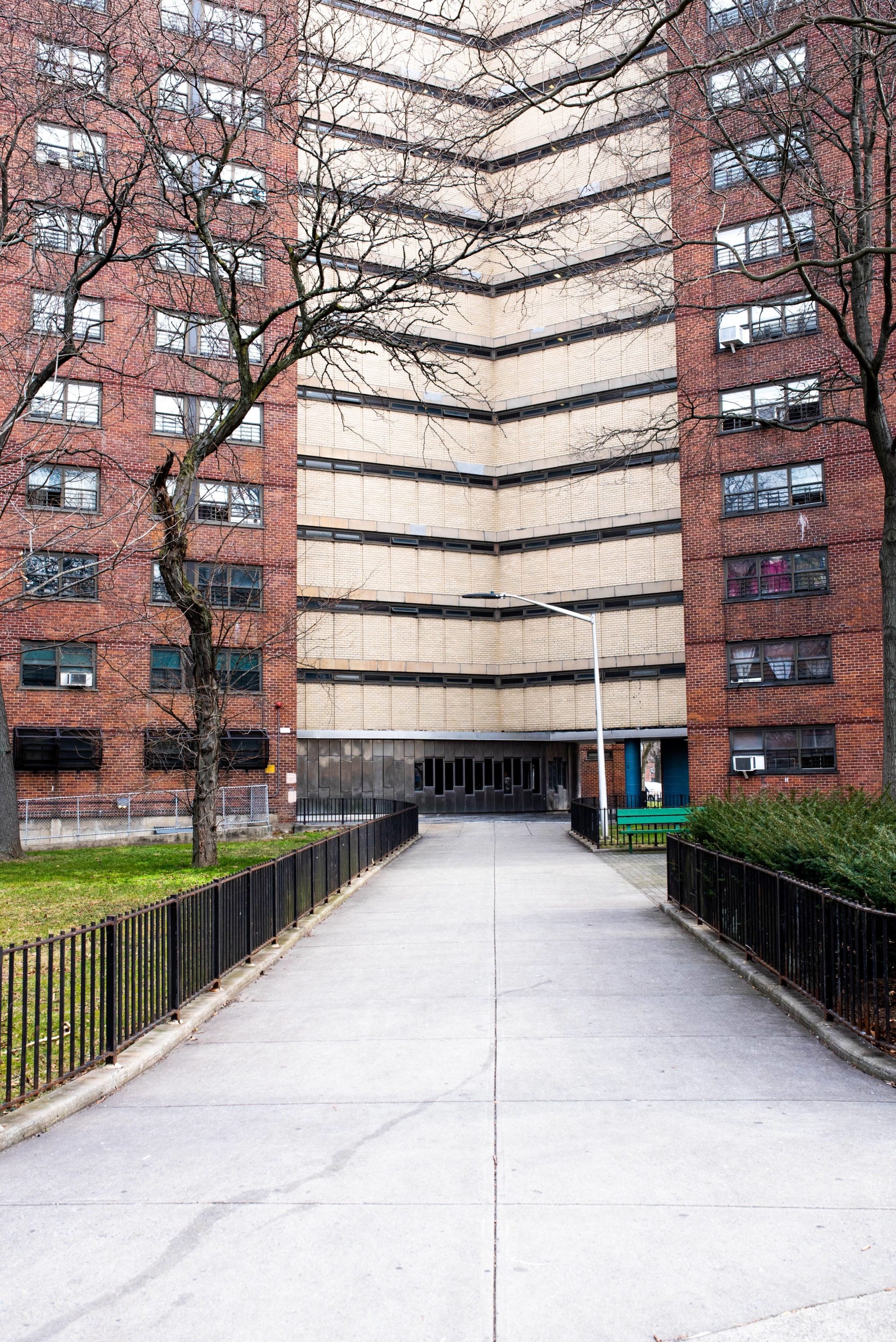
“We’re talking about a police force that is interacting with residents there all the time,” Kaishian said. “They’re truly an omnipresent force there. Even an occupying force. And yet the issues that the community members are asking for help with still persist. The issue is policing. It’s the way the NYPD interacts with people.”
Kaishian echoed the recommendations from a recent report about gun violence by the organization Center for Court Innovation, which called on the city to redirect NYPD funding to “credible messenger” programs and to engage gang leadership directly, in addition to bringing resources directly to young people whose concerns about gang violence put restrictions on their movement.
“The city council holds the purse strings of the NYPD,” she said. “The council can and should exercise its authority to strip funding from the department and put it toward community initiatives.”
She also wants the city to abolish the NYPD’s “vice squad,” the entity tasked with policing the sex trade; a recent ProPublica investigation of that team revealed numerous allegations of false arrests and sexual misconduct.
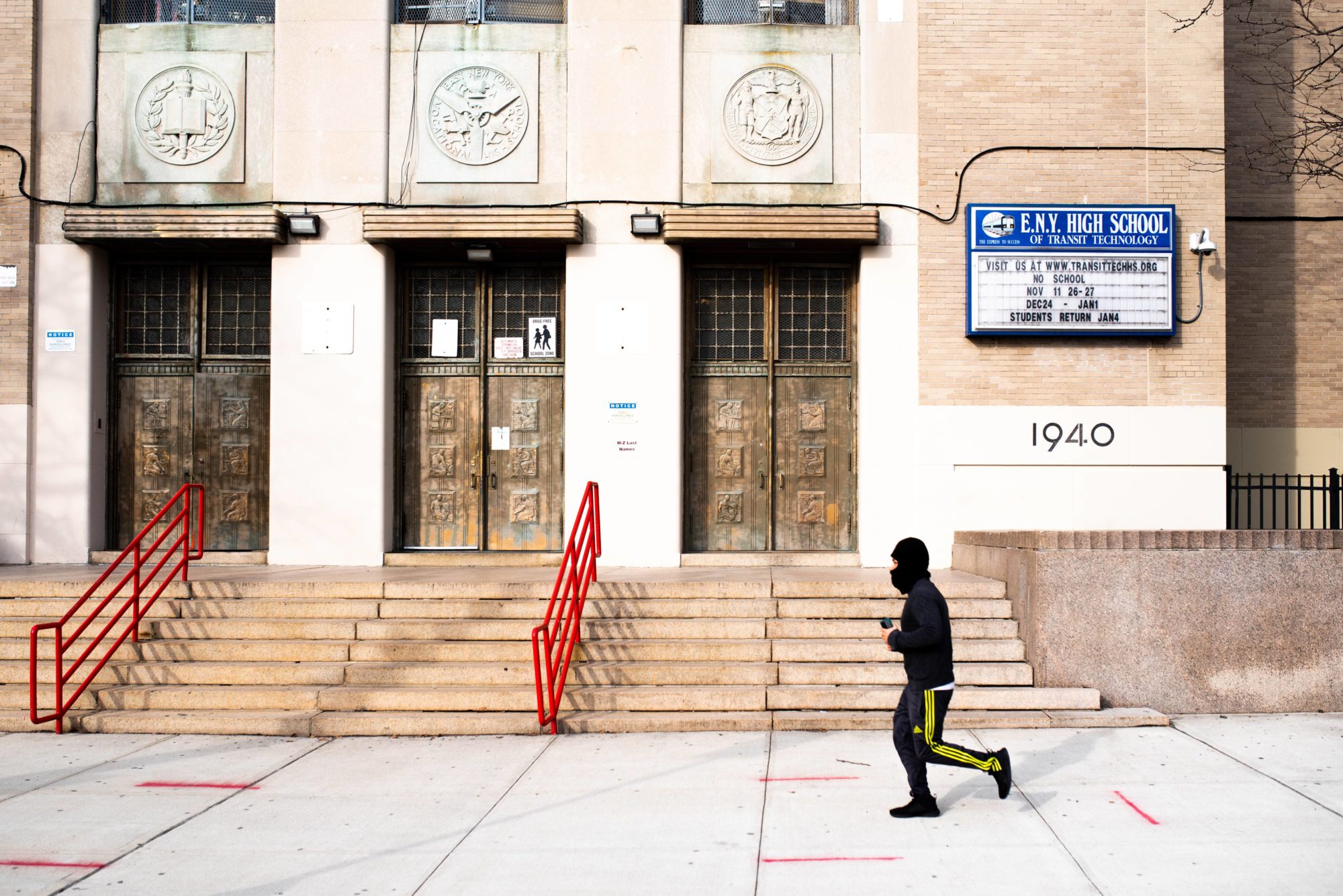
Reverend Kevin McCall, President, Crisis Action Center
Rev. Kevin McCall, a former member of Rev. Al Sharpton’s team who goes by the moniker “social justice preacher,” said 2020 was a “definite whirlwind tornado.”
McCall was proud that a motorcade he helped organize over the summer helped push the NYPD out of social distancing enforcement. But he also believes that the much-debated NYPD work slowdown was real and contributed to a rise in crime.
“They decided to not respond to things they normally would respond to,” he said. “Or they would respond, but it would be a lackadaisical approach. And crime rose.”
McCall said his motorcade started outside the 75th Precinct for a reason: last year, the precinct’s commanding officer, Deputy Inspector John Mastronardi, came under fire for not wearing a mask, and for his direct involvement in violent confrontations with civilians.
McCall wants Mastronardi, who is white, removed and replaced with “someone that looks like us and understands our particular problems” in the 90% Black and Latino district. He praised the early work of Deputy Inspector Terrell Anderson, who took over the neighboring 73rd Precinct last year. Anderson is a Brownsville native who recently helped implement a pilot program that temporarily replaced some officers with violence interrupter and crisis management groups on a two-block stretch of Mother Gaston Boulevard.
He also wants the city to put officers on desk duty if they repeatedly engage in bad conduct, rather than simply move them around the city. “We don’t want them to use precincts in black and brown communities as a dumping ground for officers that have bad records,” McCall said.
McCall expressed frustration with the area’s city and state officials, saying they’ve shown “a lack of leadership during the whole pandemic.” He wants “energetic” Council Members that will “not just wait until something happens, but have a proactive approach.” McCall also mentioned housing and job concerns related to the still-evolving East New York rezoning, and wants a Council Member who can “deal with economic issus, and stimulate the East New York and Brownsville areas in a way that benefits the people they’re going to represent.”

Michelle Neugebauer, Executive Director, Cypress Hills Local Development Corporation (CHLDC)
Neugebauer’s organization doesn’t have any programs with the word “anti-violence” in the name. But she says public safety “kind of intersects with almost everything we do.”
“We’re a settlement house and a community development organization,” she explained. “We build and manage affordable housing, run workforce development and small business support services, education and human services programming. We run a lot of college access programs. We’re firm believers that prevention programs, investments in young people starting early, create public safety.”
As the fight around the city budget reached a fever pitch last summer, Neugebauer’s team realized how much proposed cuts to agencies like the Department of Youth & Community Development could hurt CHLDC’s work. So they endorsed a slate of “restorative and budget justice” proposals that included a call to redirect $1 billion from the NYPD budget to programs like the Summer Youth Employment Program and CUNY ASAP, and teamed up with other organizations, like United Community Centers, to begin discussing CDLDC’s longer-term engagement with issues of policing.
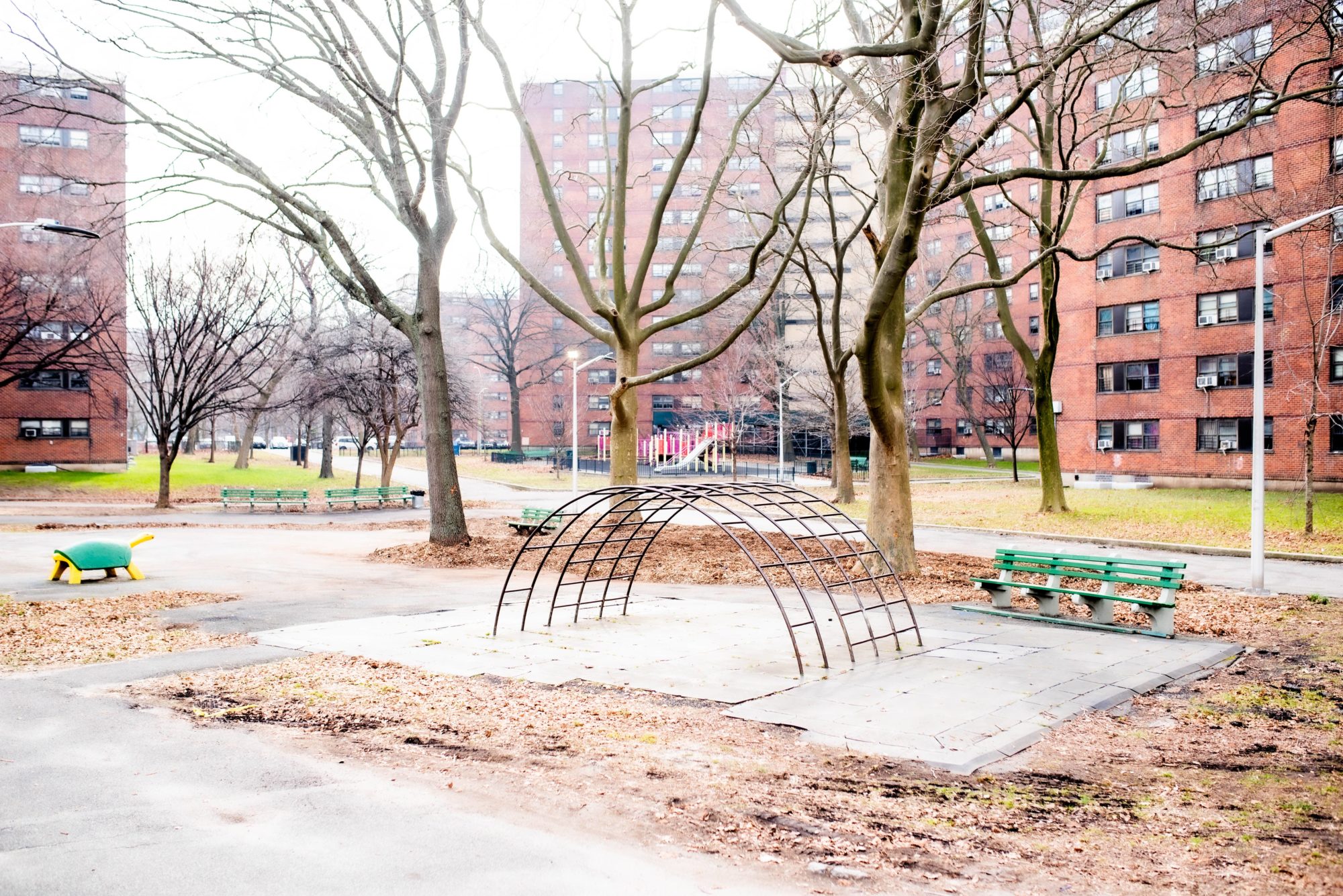
Neugebauer said there’s “a real generational divide” in how local residents discuss the police.
“Young people, teenagers, have had it,” she said. CHLDC has supported local teenagers organizing as a group called Future of Tomorrow, which is pushing the city’s Department of Education to redirect money from school police to restorative justice practices.
“They want police out of schools,” Neugebauer said. “They feel criminalized, depressed, hassled every day from having to wait on line to walk through metal detectors to get into school.”
Neugebauer said there’s ”an openness” amongst many in the community to experimenting with programs like violence interrupters and mobile mental health teams, but some older residents remained frightened by the prospect of a police pullback.
“I’ve heard people say ‘we can’t go back to the 80s, to the 90s. So I’d say people are really scared too, for themselves and for their kids.”
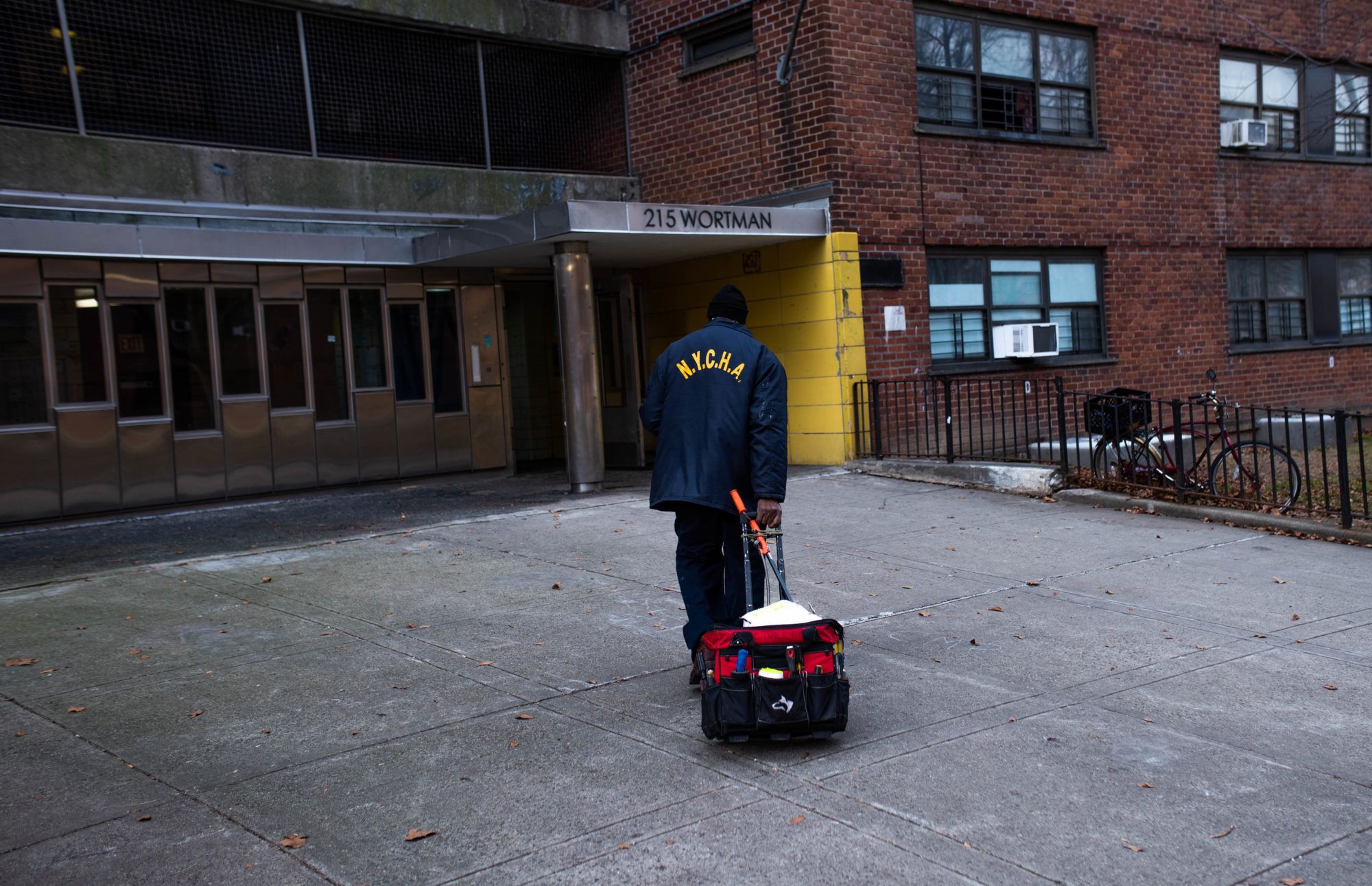
In a neighborhood that faces myriad challenges ranging from healthcare and housing to trash removal in addition to public safety, Neugebauer also said limits on people’s interest and bandwidth could shape the next Council Members’ focus.
“There are so many issues to fight on,” she said. “Lots of residents think that everyone should just be focused on economic justice, on housing justice, that that’s how we’re going to get to a safer neighborhood. How do we use what activism time people have to try to make impacts that have spillover?”
Neugebauer wants to see the Council candidates “really scrutinizing the criminal justice budget, and realizing there is a relationship between investments in criminal justice and what you can invest in education and supports for young people and their families.”
Mentioning the NYPD’s submarine drone program, she said “your mind just starts to hurt when you realize you can’t afford a college counselor.”
“I would hope they have an openness, a willingness, a drive to invest in some alternatives to policing in the 75th or violence interrupter programs, more mobile mental health teams, more street outreach teams for homeless. And also for holding the precinct accountable.”

